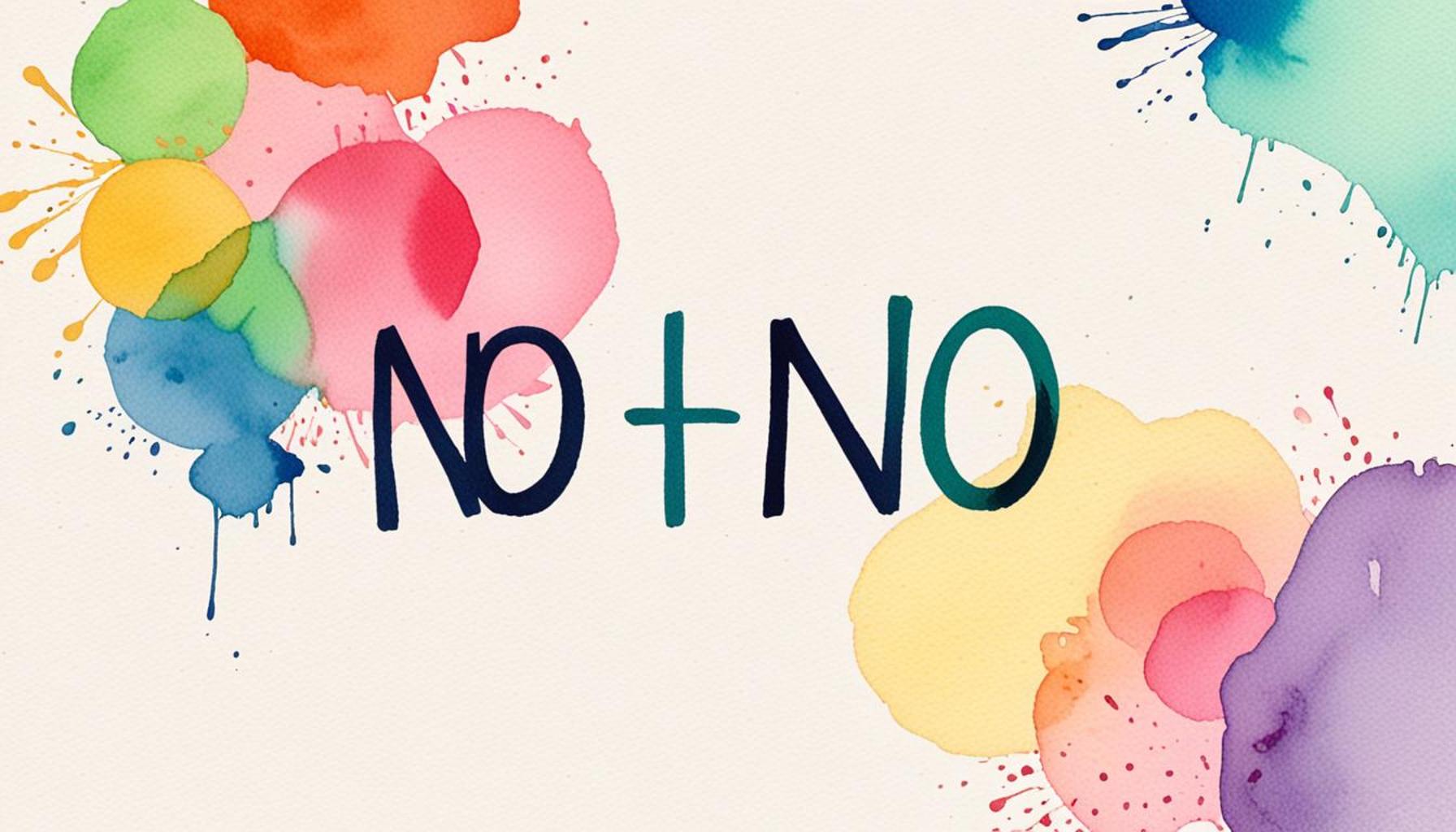Minimalist Strategies to Prioritize Tasks and Increase Productivity

Understanding Minimalist Strategies
In today’s fast-paced world, many individuals grapple with an overwhelming influx of information and responsibilities every day. As the demands of work and personal life increase, the quest for efficiency becomes paramount. Adopting minimalist strategies helps in streamlining tasks, allowing you to navigate through daily obligations with clarity and purpose.
Decluttering Tasks
One of the fundamental concepts of minimalism is decluttering tasks. This involves critically evaluating your to-do list and removing obligations that do not serve your primary objectives or personal values. For example, if you find yourself attending numerous meetings that have little relevance to your core projects, consider suggesting an agenda or limiting attendance to ensure that only essential personnel are present. In Nigeria, where group meetings often become lengthy discussions, being proactive about your time can lead to a significant productivity boost.
Time Blocking
Another powerful method is time blocking, which encourages the allocation of specific time slots for essential tasks. This technique not only minimizes distractions—such as social media or phone notifications—but also empowers you to take control of your work schedule. For instance, setting aside two hours every morning for deep work can allow you to focus on complex tasks without interruptions. This structured approach is especially relevant in Nigerian cities like Lagos, where interruptions from vibrant street life can easily lead to lost focus.
The Two-Minute Rule
The Two-Minute Rule, popularized by productivity expert David Allen, offers a straightforward way to tackle smaller tasks efficiently. If a task can be completed in less than two minutes, do it right away instead of postponing it. This can be as simple as responding to an email or organizing your workspace. Implementing this rule can facilitate a smoother workflow, allowing you to channel more energy into larger projects that require greater focus.
Implementing these minimalist strategies not only clarifies priorities but also serves as a foundation for improved mental clarity. In bustling environments like Lagos and quieter settings like Jos, the ability to prioritize effectively can enhance one’s work experience significantly. By minimizing the chaos of overstimulation, individuals often report reduced stress levels and improved concentration, which are critical for sustained productivity.

Furthermore, as professionals continue to seek ways to balance their hectic lives, understanding these minimalist techniques becomes increasingly crucial. Allocating time to prioritize tasks using a visual board, for instance, might revolutionize your approach to daily challenges. This not only instills a sense of accomplishment but can rekindle your passion for productivity.
As we explore these minimalistic strategies further, you will discover tools and techniques that have the potential to transform your work habits and enhance your overall productivity. Embracing a minimalist approach could very well be the key to thriving in today’s demanding work culture.
LEARN MORE: This related article may interest you
Effective Minimalist Techniques for Enhanced Productivity
As the pressures of daily life mount, the need for effective task prioritization becomes a vital skill for many. Minimalist strategies not only help in focusing on what truly matters but also carve out a path for higher productivity. One of the cornerstones of these strategies is recognizing that less is often more. By simplifying your task list and concentrating on impactful activities, you can create a more streamlined workflow.
Setting Clear Goals
Before diving into any task, it’s crucial to define clear goals. This means understanding what you aim to achieve daily, weekly, and monthly. By setting specific, measurable, attainable, relevant, and time-bound (SMART) goals, you can better prioritize your efforts. For example, if you’re an entrepreneur in Nigeria, your goals might include establishing 10 new client relationships by the end of the month. This clarity allows you to allocate your time and resources wisely, ensuring you focus on tasks that contribute directly to your objectives.
Utilizing the Eisenhower Matrix
The Eisenhower Matrix is another powerful tool for prioritizing tasks. This method categorizes tasks into four quadrants based on urgency and importance:
- Quadrant 1: Urgent and Important – tasks that require immediate attention.
- Quadrant 2: Not Urgent but Important – tasks that contribute to long-term goals and should be scheduled.
- Quadrant 3: Urgent but Not Important – tasks that can be delegated.
- Quadrant 4: Not Urgent and Not Important – tasks that can be eliminated.
By using this framework, you can easily identify which tasks to handle first and which can be left for later or delegated. This technique is particularly useful for professionals in busy environments, ensuring that you are not just busy but productive.
Embracing Batch Processing
Batch processing involves grouping similar tasks together and completing them in one go. This strategy minimizes task-switching, which can be a significant drain on productivity. For instance, instead of checking emails sporadically throughout the day, allocate a specific time in the morning and afternoon to handle all your emails at once. This not only saves time but also allows for deeper concentration on other important responsibilities.
Additionally, consider the cultural context. In Nigeria, where communal interactions are frequent, managing your attention can be challenging. Adopting batch processing can free up your schedule for uninterrupted work while also helping you maintain personal relationships. A well-structured approach to communication can limit the risk of scattered thoughts stemming from continuous interruptions.
The implementation of these minimalist strategies paves the way for increased productivity. Not only are you able to clear mental clutter, but you also cultivate a focused mindset that supports achieving your goals. As we delve deeper into the various minimalist techniques, you’ll gain insights into how these practices can radically transform your daily routine and create a more productive work environment.
| Strategies | Benefits |
|---|---|
| Time Blocking | Allows for focused work periods, reducing distractions and increasing momentum. |
| The Two-Minute Rule | Encourages quick tasks to be completed immediately, eliminating procrastination. |
| Daily Prioritization | Identifies key tasks, ensuring the most important work is tackled first. |
| Eliminating Clutter | Creates a clean workspace, leading to reduced stress and improved focus. |
Engaging in these minimalist strategies not only enhances productivity but also creates a less chaotic work environment. Expanding on these methods, time blocking helps allocate specific times for specific tasks, profoundly enhancing your concentration on priorities. This method allows for brief yet intense periods of work, actually improving overall output. Additionally, implementing the Two-Minute Rule can drastically cut down on time spent dreading tasks. By tackling small jobs right away, you can maintain momentum and prevent overwhelming backlogs from piling up. The practice of daily prioritization empowers you to identify your most critical tasks at the start of each day, thus directing your efforts efficiently and purposefully. Lastly, eliminating clutter, both digitally and physically, reduces distractions and leads to a clearer mindset, essential for any productive day. Each of these strategies holds the potential to transform your approach to productivity, inviting you to discover a new level of efficiency.
SEE ALSO: Click here to read another article
Incorporating Technology Mindfully
In today’s digital age, integrating technology into your minimalist strategy can enhance productivity when done mindfully. While devices can serve as a tool to manage and organize tasks, they often lead to distractions. Adopting applications specifically designed for task management, such as Trello, Asana, or Todoist, can help streamline your priorities. These platforms allow you to categorize tasks visually, set deadlines, and even create checklists that keep you on track.
However, it’s essential to maintain a balance and not let technology overwhelm your daily workflow. Consider implementing digital detox periods throughout your day—times when you log out of all applications and focus solely on the work at hand. This approach can significantly enhance concentration levels and reduce the cognitive fatigue that often accompanies multitasking in a technology-rich environment. For instance, leveraging a simple timer like the Pomodoro technique—working for 25 minutes and taking a 5-minute break—can ensure consistent progress without the risk of burnout.
The Power of Saying No
Another vital aspect of embracing minimalist strategies is learning the art of saying no. It’s easy to become overwhelmed by requests and obligations, particularly in the collaborative culture often found in Nigeria. Whether it’s a friend’s invitation for a social gathering or an added responsibility at work, understanding your limits is crucial to maintaining focus on your primary goals. When you decline non-essential tasks or meetings, you create space to address what genuinely matters.
To reinforce this mindset, prioritize your monthly and weekly agendas by identifying non-negotiables—essentials that align with your core objectives. This practice encourages a culture where your time and effort are dedicated to pursuits that are most meaningful, promoting a more productive lifestyle.
Time Blocking for Enhanced Focus
Time blocking is another effective minimalist strategy that can significantly boost productivity. By scheduling specific blocks of time for each task, you create a roadmap for your day. For instance, allocate the early morning hours when you’re most alert for high-priority projects, while reserving the late afternoon for meetings or emails. This method not only structures your time but also adds predictability to your daily activities.
Within the Nigerian context, where spontaneity often dictates plans, time blocking can serve as a safeguard against last-minute interruptions. This technique empowers you to embrace unexpected changes while keeping your essential tasks at the forefront. Inform colleagues of your dedicated work hours, fostering an environment of mutual respect for each other’s time and responsibilities.
Reviewing and Reflecting Regularly
Lastly, integrating a routine that includes regular reviews of your goals and tasks can fortify your minimalist approach. Taking a moment each week to assess what you’ve accomplished, what worked well, and what needs adjustment can provide valuable insights into your productivity patterns. This practice fosters a proactive mindset, encouraging you to adapt your strategies as necessary.
By periodically reflecting on your progress, you’ll find it easier to stay committed to your minimalist strategies while maintaining high levels of productivity. As you continue to refine your task prioritization skills, the clarity gained will not only enhance your workflow but also elevate your overall quality of work and life.
CHECK OUT: Click here to explore more
Embracing Minimalism for Greater Productivity
In conclusion, adopting minimalist strategies to prioritize tasks and boost productivity is not just a trend; it is a necessary approach for individuals striving for effectiveness in today’s chaotic world. By purposely simplifying your life through methods such as time blocking, the intentional use of technology, and embracing the power of saying no, you can reclaim precious time and energy. These strategies align well with the fast-paced culture in Nigeria, where balancing professional commitments and personal pursuits can often feel overwhelming.
Furthermore, the practice of regular reviews encourages reflection and adaptability, making it easier to fine-tune your approach as you identify what works best for you. Such considerations are not merely about managing tasks but also about fostering a mindset that values quality over quantity—a crucial aspect of enhanced productivity. As you incorporate these minimalist strategies into your daily routine, it’s essential to remain flexible, allowing for spontaneous adjustments while keeping your core objectives intact.
Ultimately, reevaluating your relationship with work, technology, and even your commitments will provide deeper insights and a more focused approach to life’s demands. By investing time in what truly matters and letting go of the unnecessary noise, you set the stage for a more fulfilling, productive, and minimalistic lifestyle. Start today: challenge yourself to prioritize, simplify, and watch your productivity flourish.



